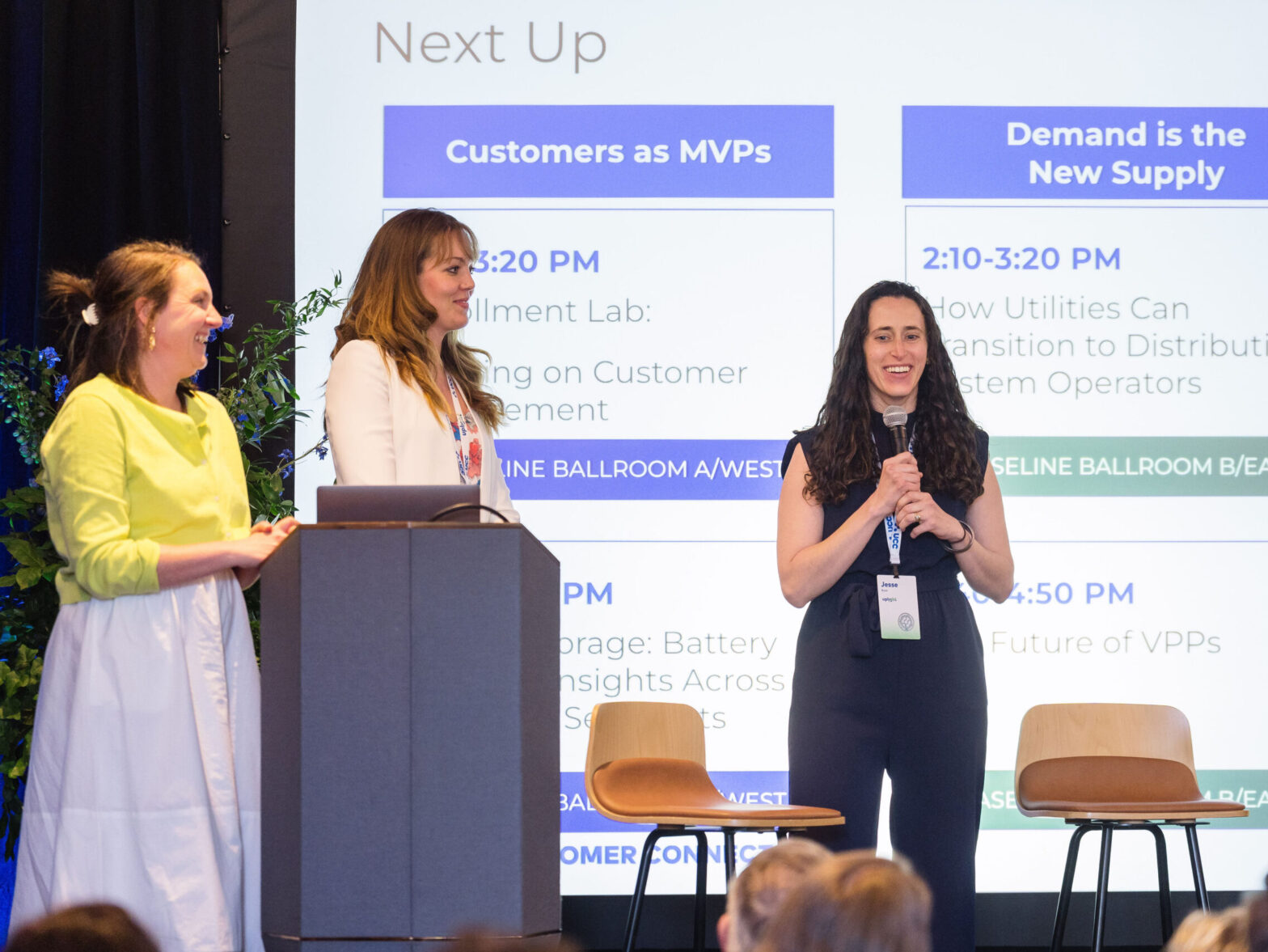This post was originally published on FirstFuel’s website. FirstFuel is now Uplight.
The effectiveness of conventional, one-size-fits all direct mail marketing has been decreasing in recent years. The media landscape is becoming more and more cluttered – according to CBS News, the average person is exposed to as many as 5,000 advertisements each day.
As customers are inundated with an increasing number of marketing messages, the effectiveness of traditional marketing channels, like direct mail, is on the decline. In fact, industry research shows that traditional direct mail marketing response rates have dropped from an average of 2% to less than 0.6%.
Across the globe, utility marketing teams are looking for innovative ways to cut through their business customers’ congested line of sight.
Digital Business Customer Expectations
Today’s business customers expect their utilities to engage them through the same channels that their other service companies, like banks, cable, and mobile phone companies, use. Increasingly, business customers preferred to be contacted digitally – according to a recent Accenture study, 61% expect to have access to more online interactions with their service providers.
The is good news for utilities because digital interactions drive customer engagement. According to the same study, a digital customer interacts with their provider 12 times more than a non-digital customer. The stage has been set, and digital engagement has become the pulse of customer interactions today.
The leading utilities are already taking action. ScottishPower is a major utility company in the UK, supplying gas and electricity services to more than 150,000 business customers. According to Carlson & Carlson Company, ScottishPower launched a digital communications program that nurtured new customers during the critical six to eight week ‘welcome cycle’.
This personalized, digital campaign drove 40% of recipients to visit their personalized utility URL. The campaign was not only successful in increasing engagement, but also in lowering new customer attrition – sales cancellations were 81% lower for customers who received the welcome cycle campaign.
Data Enhancement
Successful marketing engagement, regardless of the channel, hinges on accurate customer data, such as business address, email address, and energy consumption data. However, for many utilities, obtaining accurate business customer information is a challenge.
With a business customer engagement platform, utilities are able to pull their existing data into one system of record. The platform then adds additional layers of data and insight that enable utilities to analyze, model, and append demographic and behavioral insights to their customer profiles.
This new, robust data source enables utilities to create relevant, personalized content, which results in better customer engagement results.
Omni-channel Communications
While direct mail can continue to serve as an initial layer of more mass-market communications, utilities should also strive to link and integrate their online and offline communications channels. For example, direct mail may encourage business customers to visit a landing page or social channel to learn more.
In 2012, E.ON UK deployed FirstFuel’s business customer engagement platform to improve bill management, offer discrete customer savings opportunities, elevate customer satisfaction, and reach deeper into their 430,000 small and medium business customer base.
Using FirstFuel’s platform, E.ON has seen email engagement improve 2-4x, and 40% of platform users return to the energy saving tips page. Highly engaging digital experiences encourage more customers to self-serve online and, at the same time, help reduce the cost to serve.
The Utility Benefits
Utilities across North America and Europe are now successfully deploying digital channels to engage business customers with personalized, scalable communications. Compared to traditional print channels, digital channels allow utilities to employ a series of cost effective, measurable, and customizable marketing campaigns to achieve key business objectives.
-
- Cost-effective: Using digital channels, utilities can reduce costs by eliminating marketing budget spent on print and postage. That unused budget can be reinvested in digital campaigns, improved website design, or paid digital promotion.
-
- Measurable: Digital communications are trackable, so utilities can use metrics like email opens and click through rates to gauge customers interest and optimize campaign performance.
-
- Customizable: Using digital channels, utilities can easily customize communications to include details such as name and location. Campaigns can also be customized to include offers, products, or services that are relevant to each individual customer.
Using digital campaigns, utilities can more effectively connect with their business customers’ needs and interests while educating about their energy consumption.
Unlike traditional print marketing channels, the digital approach enables scalable personalization and improves marketing cost-effectiveness. Digital communications are a proven tool, enabling utility marketing teams to leverage their customer data and create highly targeted marketing campaigns that drive noteworthy increases in response rates, customer engagement, and customer satisfaction scores.




